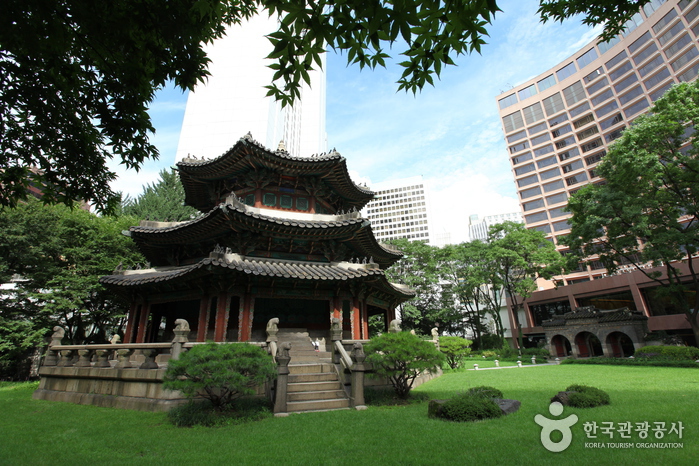Discover the Historic Hwangudan Altar: A Window into Korea’s Rich Heritage
Welcome to Hwangudan Altar, a historic tourist destination that offers a glimpse into the fascinating history and culture of South Korea. This revered altar complex, also known as Hwandan Altar, holds great significance as the site of the rite of heaven, which played a crucial role in the country’s past. As you explore the remnants of this ancient ritual, you will gain a deeper understanding of Korea’s dynastic traditions and the profound impact they had on its people.
A Journey Through Time
Step back in time and immerse yourself in the rich history of Hwangudan Altar. The origins of this sacred site can be traced back to the Goryeo dynasty, when the first rites of heaven were performed by King Seongjong in 983. These rites, however, experienced periods of revival and abandonment throughout the centuries, eventually ceasing with the advent of the Joseon dynasty. It was not until 1897, during the reign of King Gojong when the Joseon dynasty evolved into the Korean Empire, that the rite was revived once again.
A Symbol of Spiritual Connection
Today, Hwangudan Altar stands as a testament to the enduring spirit of the Korean people. While the original altar complex no longer exists, you can still witness the significance of the site through the presence of Hwangungu Shrine and three stone drums. These stone drums symbolize the instruments used during the rites, serving as a reminder of the sacred ceremonies that once took place here. The shrine itself was completed in 1899, a testament to the revival of the rite and the cultural resurgence of the Korean Empire.
Location and Accessibility
Situated within the grounds of the Westin Chosun Hotel, Hwangudan Altar is conveniently located in the heart of Seoul. For those traveling by subway, simply make your way to City Hall Station (Seoul Subway Line 1 & 2) and take Exit 5. From there, proceed straight and cross the road at the intersection. Once you reach the other side, turn right and continue until you find the entrance to Hwangudan Altar on your left. With its central location, this historic site is easily accessible for tourists and provides a memorable experience for those seeking to delve into the cultural heritage of South Korea.
Preserving the Past
As you explore Hwangudan Altar, take a moment to appreciate the efforts made to preserve this historic site. The combination of the Hwangungu Shrine and the three stone drums not only serves as a reminder of Korea’s dynastic traditions but also showcases the dedication of the Korean people to honor and celebrate their cultural heritage. By visiting this site, you contribute to the conservation of this important piece of history, ensuring that future generations can continue to learn from and appreciate the legacy of Hwangudan Altar.
Embark on a journey through time at Hwangudan Altar and witness the profound cultural significance it holds. From the ancient rites of heaven to the revival of the rite during the Korean Empire, this historic site encapsulates the resilience and rich heritage of South Korea. Immerse yourself in the captivating history, explore the remnants of the altar complex, and discover the spiritual connection that continues to resonate within these hallowed grounds.

